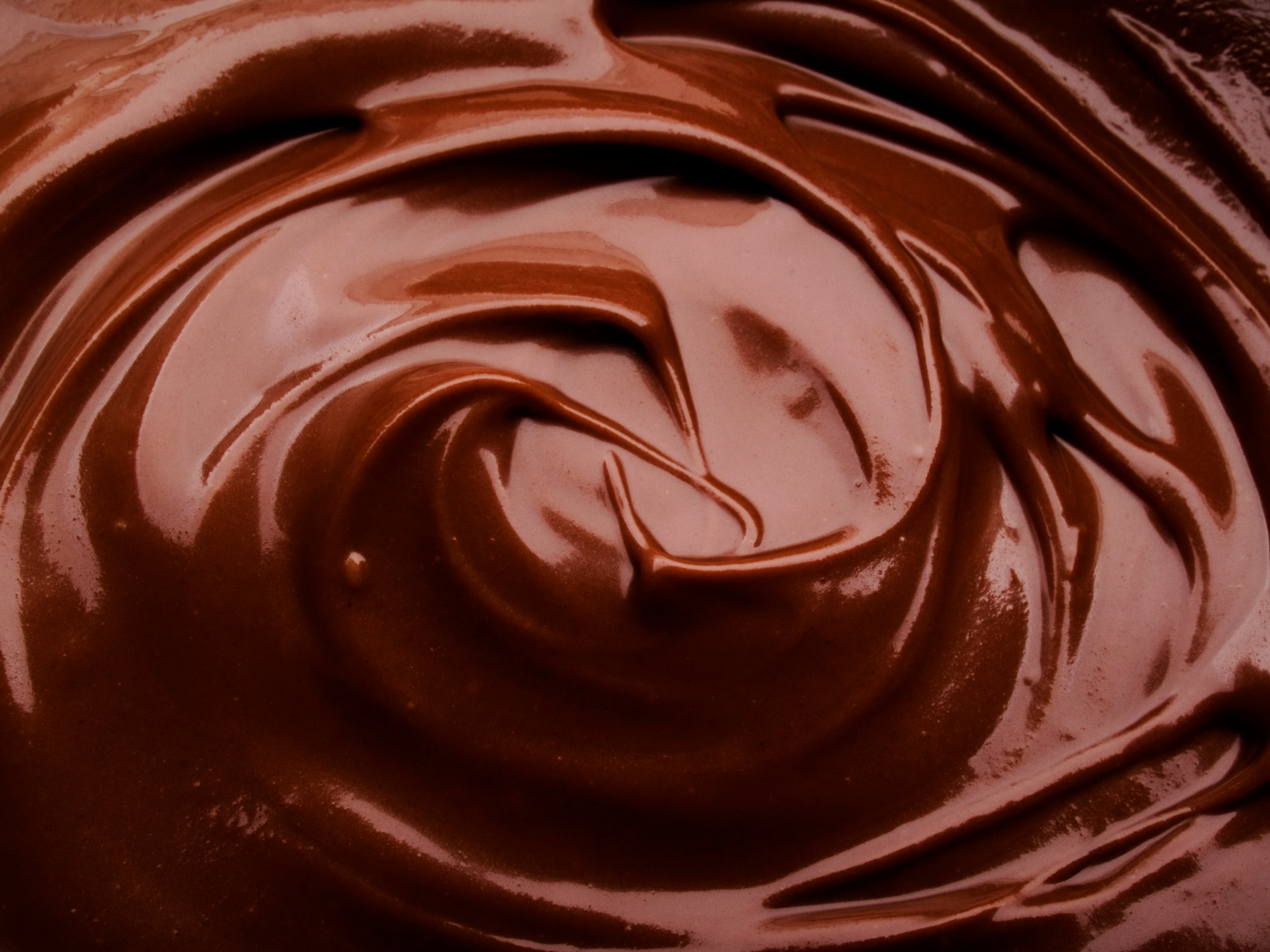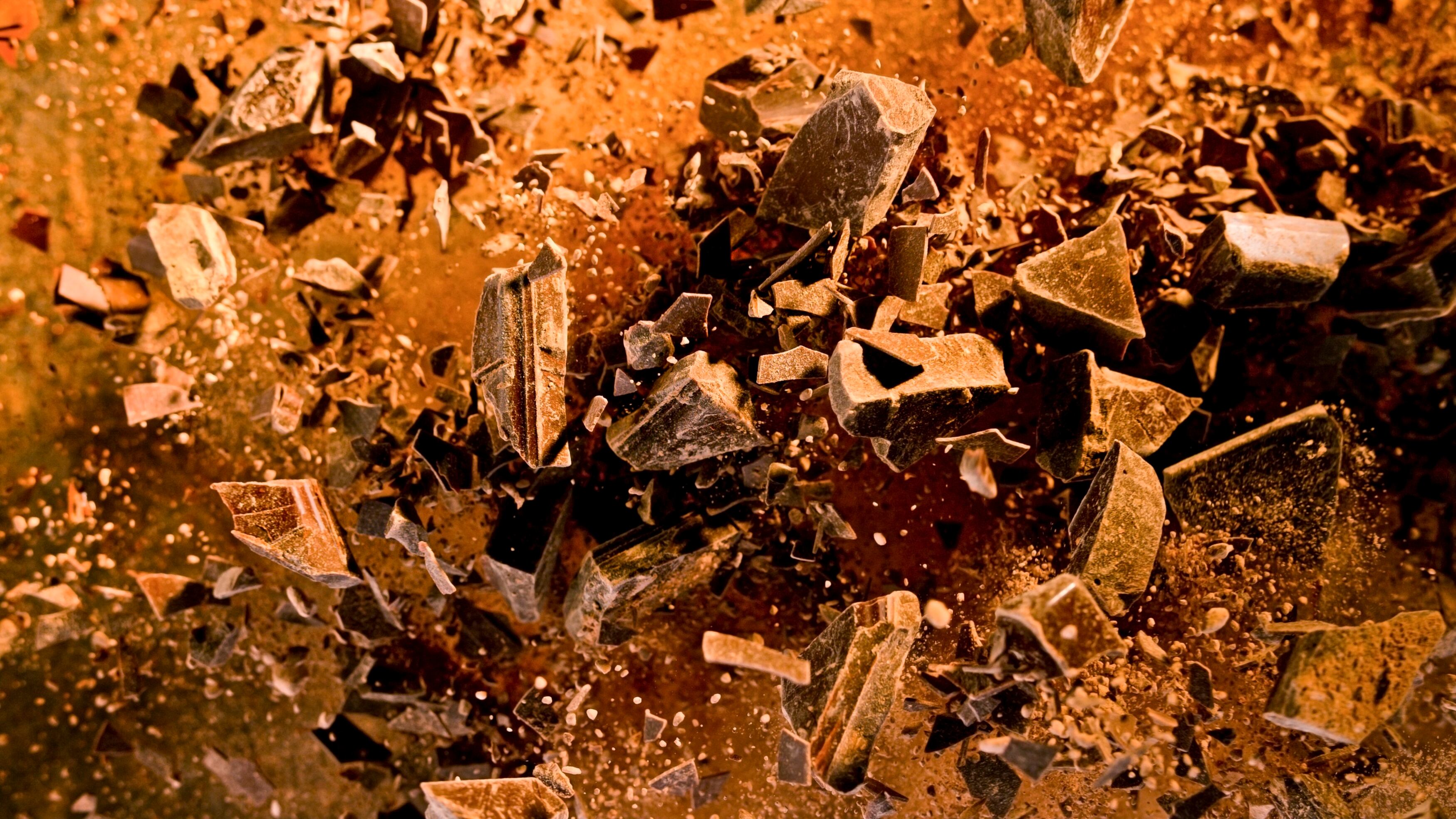The future of chocolate - summary
- Global chocolate market valued at $123bn and projected to hit $184bn by 2033
- Cocoa crisis and volatile supply chains are reshaping industry operations
- Premiumisation drives demand for single-origin, bean-to-bar, and high-cacao
- Health-focused trends push sugar-free, organic, and functional chocolate formats
- Cocoa-free alternatives like carob and fermented grains gain sustainability traction
Chocolate is one of the biggest and most successful sectors in food and beverage. And with a global value of $123bn (€106bn) it’s also the single biggest confectionery category.
Oh, and did we mention it’s set to pass $184bn by 2033? (industry experts Grand View Research)
In short, its star is bright and continues to rise, as consumers the world over wholeheartedly embrace it.
But it’s not without its challenges.
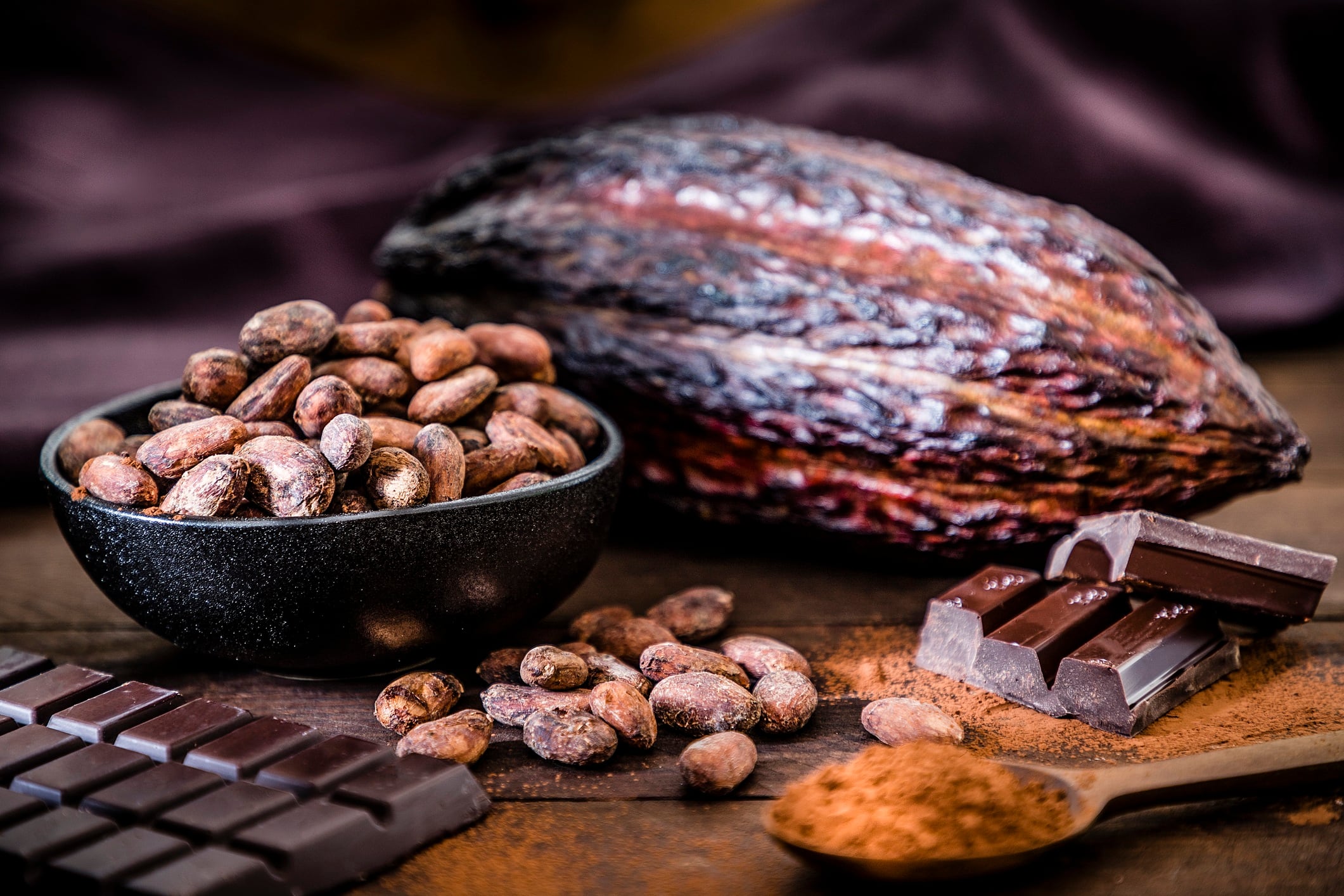
Challenges facing chocolate
The cocoa crisis continues to shape the industry, changing the way suppliers and manufacturers operate.
Shifting consumer trends are also throwing up issues, as industry fights to keep pace with evolving shopper tastes and priorities.
Just look at the Dubai chocolate trend - it arrived out of nowhere to become the must-have indulgence of early 2025, yet is now fading into obscurity.
This raises big questions for manufacturers - do they embrace new trends in the hopes they stick around for more than a few months, or do they swerve them and bank on them doing as Dubai chocolate has done and fall from favour fast?
As the cocoa crisis continues to bite, and short-lived crazes come and go, the question on everyone’s lips is - what does the future of chocolate look like?
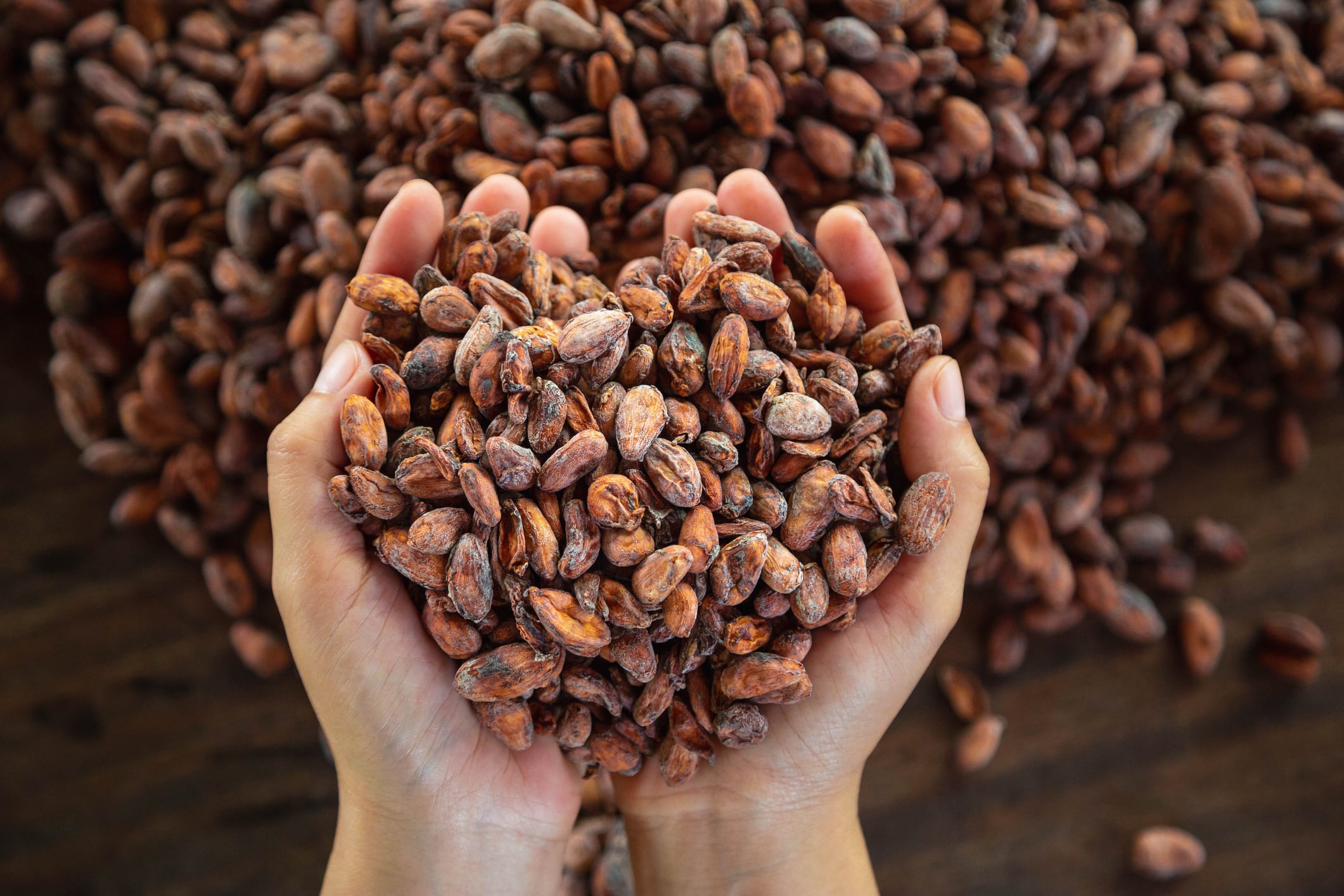
Premiumisation
Premium chocolate is set to steal the spotlight, even as traditional varieties continue to dominate shelves by volume.
“Single-origin bars, bean-to-bar creations, and high-cacao formats are racing ahead,” says Saurabh Gandhi, manager of consumer goods division at Grand View Research.
This is driven by consumers craving authenticity, craftsmanship, and bold flavour experiences. It isn’t just about indulgence, it’s about identity and values, with sustainability and ethical sourcing becoming part of the story.
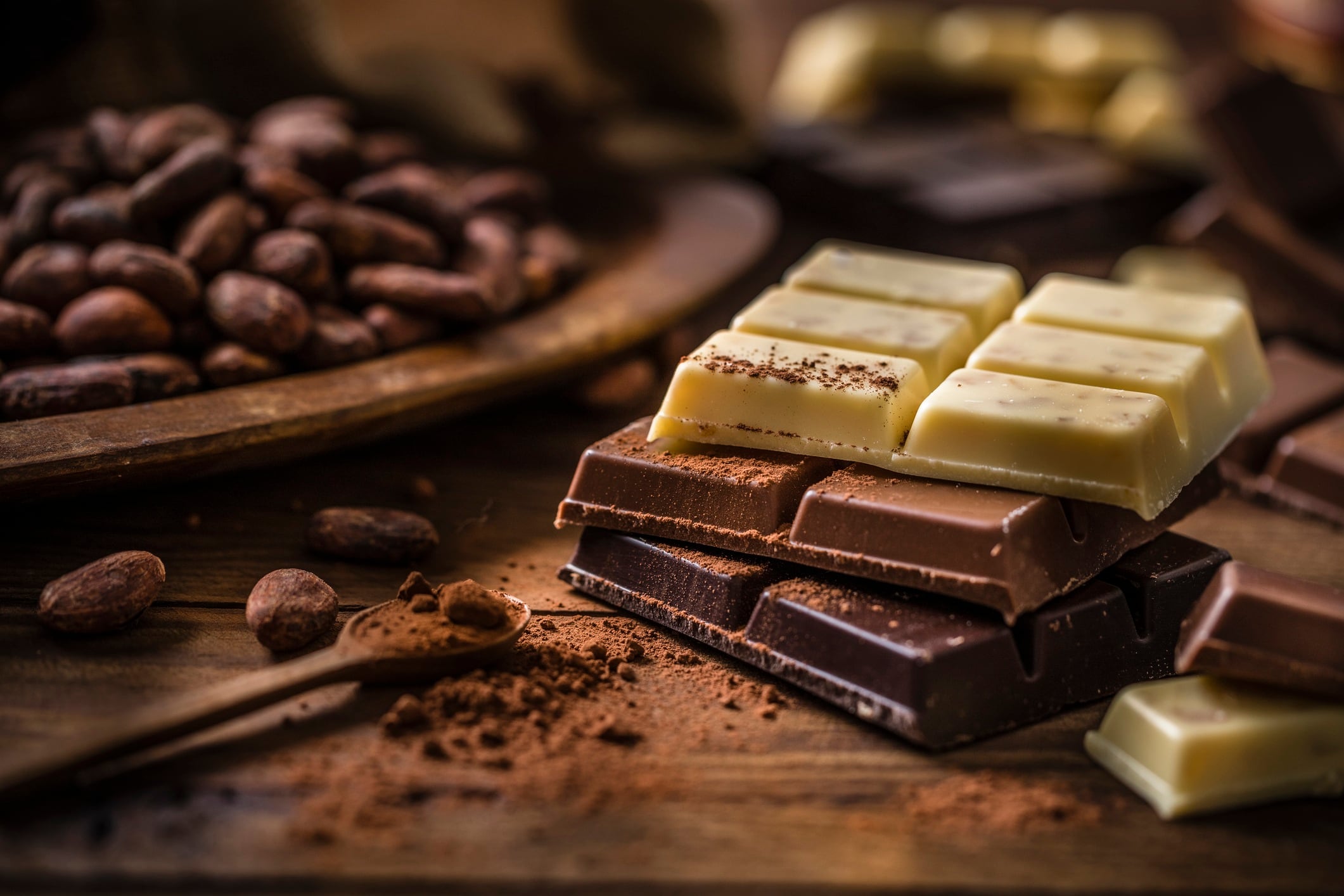
Healthy choices
Chocolate is no longer just a guilty pleasure, it’s becoming a functional, wellness-driven treat.
Manufacturers can expect a surge in demand for functional chocolates packed with protein, superfoods, and adaptogens.
Portion sizes are also shrinking, sugar content is dropping, and clean-label credentials are now non-negotiable.
Europe continues to dominate the global chocolate market with a revenue share of 46% in 2024. This, says Grand View Research’s Gandhi, reflects strong demand for chocolate products. As a result brands operating in Europe are actively offering sugar-free, organic, and vegan chocolate varieties to attract consumers who prioritise health and ingredient transparency.
This shift speaks to a bigger story - consumers want indulgence without compromise, blending health, authenticity, and flavour in every bite.
The challenge for manufacturers? Innovate fast enough to meet these demands without losing the magic that makes chocolate irresistible.
“Health-conscious trends are becoming a central growth pillar,” says Grand View Research’s Gandhi.

Regional growth
The Middle East and Africa is set to lead the charge in terms of growth, with Grand View Research predicting a CAGR of 7.5% from 2025 to 2033.
Hot on its heels, Asia Pacific is emerging as the second-fastest growing region, signalling a dynamic shift in global confectionery consumption.
This is fuelled by a combination of rising disposable incomes in both regions, modern retail networks reaching deeper into urban and semi-urban areas, and greater exposure to Western confectionery culture.
Add to that, the aggressive expansion of global brands into emerging markets.
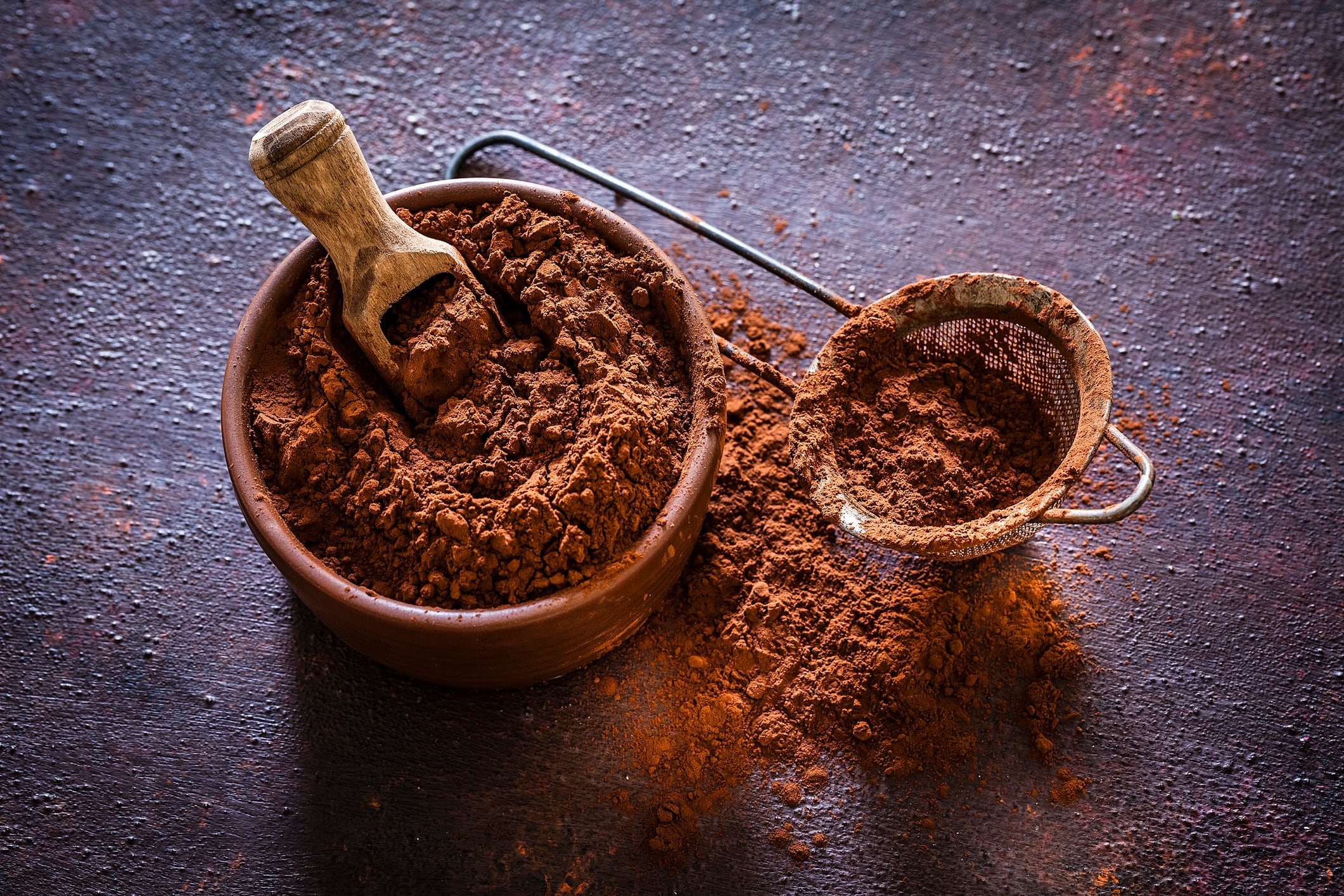
Innovation
Looking ahead, product innovation in chocolate is going to be all about experiences and functionality.
Brands should prepare for a strong focus on premium, sensory-rich, and artisanal creations that feel special yet fit seamlessly into everyday life.
Some of the big themes shaping this future include:
- Exotic and botanical notes like yuzu, lavender, saffron, and chili
- Functional inclusions such as protein, fibre, and probiotics
- Portion-controlled luxury minis such as Lindt Lindor Mini Balls or Godiva Chocolate Domes Minis
- Dessert-inspired bars featuring tiramisu, dates, crème brulée, and cheesecake infusions
- Plant-based milk chocolate formats made with oat, coconut, cashew, and almond bases.

The Rise of Cocoa Alternatives
As the cocoa crisis deepens and sustainability concerns grow, manufacturers are exploring innovative ways to reduce reliance on traditional cocoa.
Enter cocoa-free chocolate - a category that continues to gain traction with manufacturers and consumers.
Start-ups and big brands alike are experimenting with fermented grains, carob, and upcycled ingredients, to replicate the taste and texture of chocolate, without using cocoa beans.
These alternatives offer several benefits:
- Supply chain resilience in the face of volatile cocoa supply and prices
- Lower environmental impact as many substitutes require less water and land
- Novel flavour profiles offering consumers something new while maintaining indulgence.
Companies like WinWin and Planet A Foods are creating products that mimic chocolate’s sensory experience while aligning with sustainability goals.
While still niche, this movement signals a future where ‘chocolate’ may not always mean cocoa, opening doors to innovation and ethical consumption.

The future of chocolate
Chocolate’s future is far from straightforward.
It’s a category bursting with opportunity, yet shadowed by challenges that demand bold thinking and rapid adaptation.
From the rise of premiumisation and health-conscious indulgence to the explosive growth in emerging markets and the advent of cocoa-free alternatives, the industry is rewriting its own playbook.
For manufacturers, the question isn’t whether to innovate, but how to do it without losing the essential qualities that make chocolate so popular.



